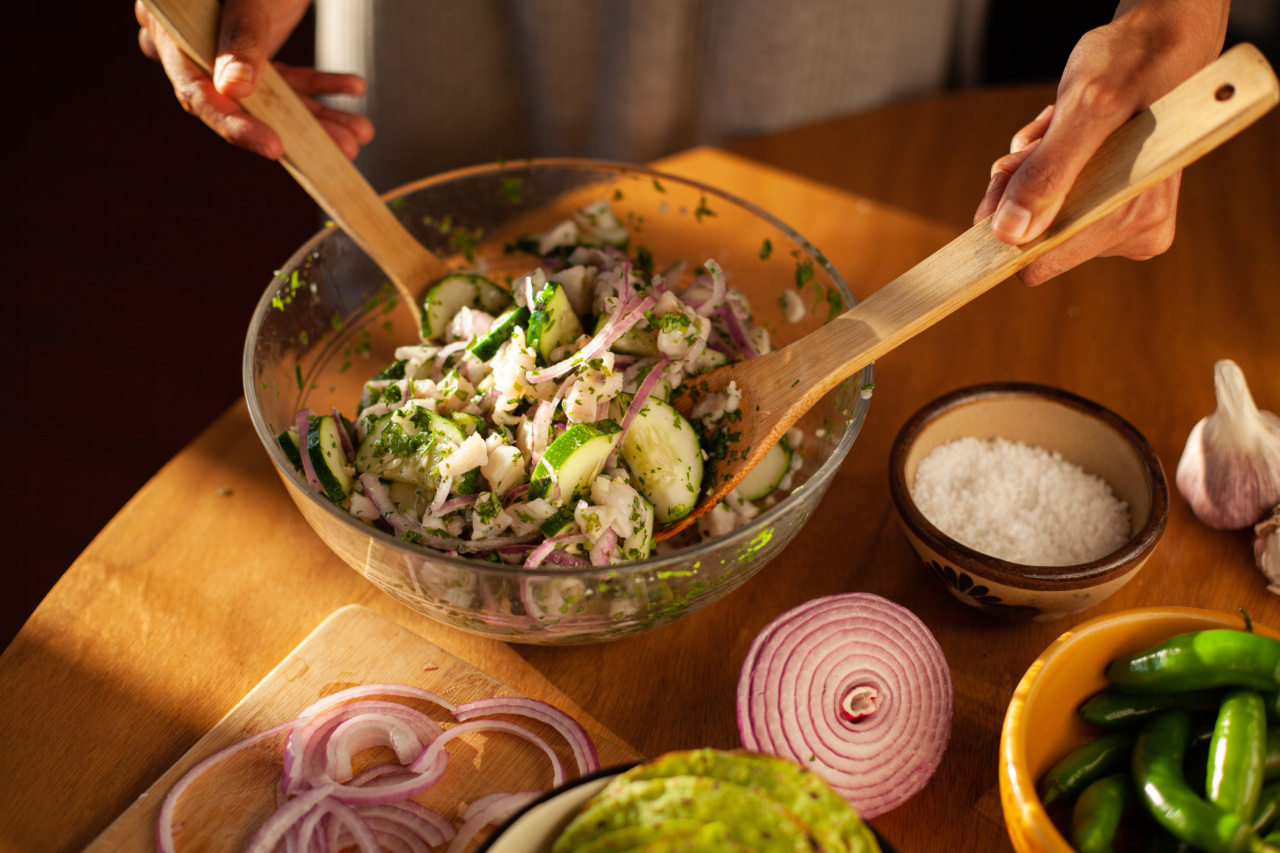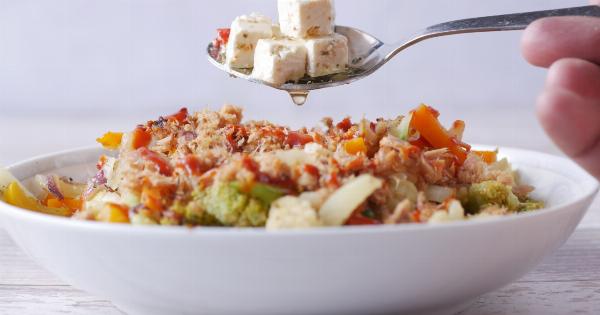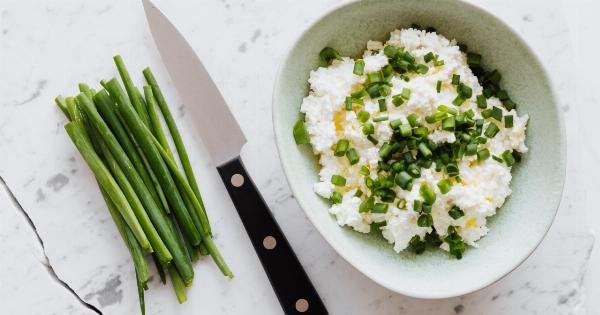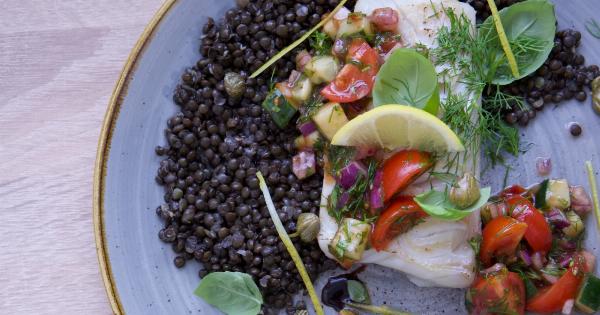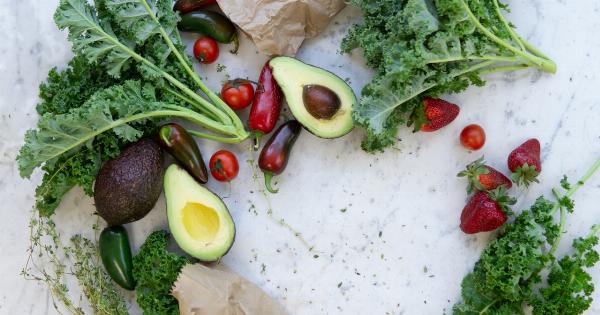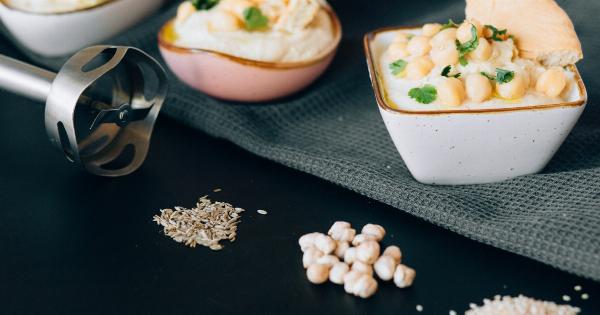Salads are one of the most versatile and popular dishes that can be enjoyed at any time of the day. Whether you’re looking for a light and refreshing meal or a hearty and filling option, salads can cater to all tastes and dietary preferences.
However, despite their seemingly simple nature, there are several common missteps in salad preparation that can prevent you from truly enjoying the flavors and textures of this healthy dish. In this article, we will explore some of these mistakes and help you create the perfect salad every time.
1. Using Rotted Vegetables
It may seem obvious, but using rotten or wilted vegetables is one of the biggest missteps in salad preparation. Not only do these vegetables taste unpleasant, but they can also have a negative impact on your health.
Always make sure to use fresh and crisp vegetables for your salad to enhance the overall taste and nutritional value.
2. Overdressing the Salad
Dressing is meant to complement the flavors of your salad, not overpower them. One common misstep is pouring too much dressing, which can result in a soggy and unappetizing salad.
The key is to dress your salad lightly and gradually, tossing it as you go, until you achieve the desired level of flavor.
3. Incorrectly Chopping Ingredients
Properly chopped ingredients make a significant difference in the overall texture and taste of your salad. Avoid excessive chopping, as it can lead to unevenly sized pieces that are difficult to enjoy.
Aim for consistent and manageable bite-sized pieces, ensuring that each ingredient is cut to the appropriate size and shape.
4. Not Balancing Flavors
A well-balanced salad should have a harmonious blend of flavors, including sweet, savory, tangy, and crunchy elements. One common misstep is neglecting to balance these flavors.
Be sure to include a variety of ingredients that provide different taste profiles, such as adding citrus fruits for acidity, nuts or seeds for crunch, and a hint of sweetness from dried fruits or a drizzle of honey.
5. Skipping the Seasoning
Seasoning is vital in elevating the flavors of your salad. Many people forget to season their salads, resulting in a bland and unmemorable experience.
Adding a pinch of salt, freshly ground pepper, and perhaps some herbs like basil or cilantro can significantly enhance the taste of your greens and other ingredients.
6. Not Letting Ingredients Shine
While dressings and additional components can elevate a salad, it’s essential not to overshadow the star ingredients. Avoid loading your salad with overpowering toppings or drowning it in too much dressing.
Allow the natural flavors and textures of your vegetables and proteins to shine by keeping the accompaniments simple and minimal.
7. Serving a Room Temperature Salad
A cold and refreshing salad can be the perfect antidote to a hot summer day. However, serving a room temperature salad can be a letdown.
Preparing your salad in advance and storing it in the refrigerator until ready to serve ensures a crispy, chilled, and enjoyable experience.
8. Mixing Ingredients Too Early
Timing is crucial when preparing a salad. Mixing ingredients too early can lead to a soggy salad as vegetables release their moisture when they come into contact with dressings.
To avoid this, make sure to toss the ingredients together just before serving. If you plan to make your salad ahead of time, keep the dressing separate until you’re ready to eat.
9. Ignoring Variations in Textures
An enjoyable salad offers a variety of textures that keep your taste buds engaged. Ignoring variations in textures can result in a mundane eating experience.
Experiment with different ingredients that offer crunch, creaminess, chewiness, or crispiness to create a more satisfying salad.
10. Using Inferior Quality Ingredients
Lastly, using low-quality or inferior ingredients can greatly impact the overall taste and appeal of your salad. Invest in fresh, organic produce, high-quality dressings, and premium toppings to ensure that your salad is of the best possible quality.
